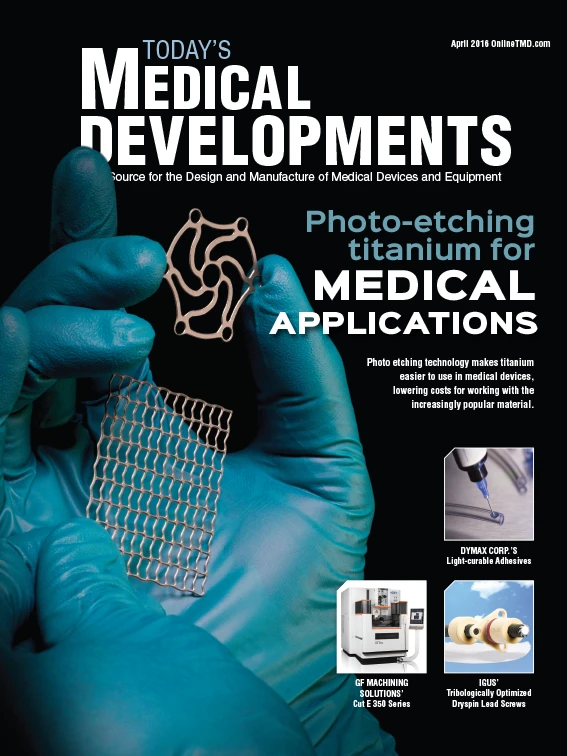
Capacitive technology-based sensors can accurately measure forces as low as 1g with high repeatability. Designers and engineers can measure applied force at discrete points – even at very low levels – opening up a range of possibilities in next-generation medical devices.
Traditional resistive sensors measure the resistance of conductive materials to detect pressure. In this approach, several circuitry layers touch each other, changing the circuit’s resistance.
However, because there is a transition from contact to non-contact, a dead-space limits the sensitivity of the sensor at lower pressure levels.
Capacitive sensors use two electrodes separated by a compressible dielectric structure. When pressure is applied, the gap decreases and capacitance rises. The two electrodes never touch, so capacitive sensors are less susceptible to wear or failure, even if subjected to multiple, repeat loads.
Capacitive sensor technology has several advantages compared to resistive including greater stability in repeatability and durability, and more accurate measuring of low levels of pressure.
Device integration
Dr. Jae Son, founder of Pressure Profile Systems (PPS), says the possible applications for measuring force using capacitive sensors are virtually unlimited.
One area that has generated interest is in the testing and development of wearables, with many applications in medical equipment design.
According to Son, PPS sensor technology has contributed to the development of an array of novel medical applications – such as an advanced catheter system that provide clinicians detailed data to aid in diagnosis of esophageal problems, and a screening clinical breast exam called SureTouch to detect breast lumps and quantify the sense of touch. One manufacturer wanted to use a miniature sensor to control the amount of force used when injecting insulin using a syringe, but the technology wasn’t available. That is about to change with capacitive miniature force sensors.
The technology is also well suited for monitoring blood pressure and could be used to create an alternative to pressure cuffs or embedded into fitness and smart watches.
Sensor activation
Even within the realm of capacitive sensors, there are different methods to detect a person’s input. In the most familiar use, smartphone touch screens use a layer of capacitive material to hold an electrical charge, and touching the screen changes the amount of charge at a specific point of contact.
PPS sensors eliminate the need to use the electrical charge delivered by the human finger. Sensor activation can be performed by a user with a gloved hand, for example, medical or laboratory personnel, or any other object that can apply force.
In some applications, this can protect against unintended sensor activation by a user accidentally brushing past it. It also facilitates the measurement of proportional force, data that can be used to improve the user interface and perform different functions – such as accelerated scrolling – based on the amount of force applied.
Capacitive-based force sensors have required more complex designs – adding to the costs – than resistive technologies. However, with the decreasing cost of capacitive sensor integrated circuits and micro-controllers, due to broad adoption of touch-screen applications and advancements in manufacturing capacitive sensors, more affordable capacitive force sensors are now available.
PPS has developed miniature capacitive force sensors called SingleTact to allow engineers to conduct feasibility studies, create prototypes, and integrate into next-generation products.
These ultra-thin, single-element sensors accurately and reliably quantify force at a discrete point for use in university research and by original equipment manufacturers.
“As capacitive sensors have become more pervasive in the industry, more people want to understand how to measure different levels of force,” Son says. “So we felt it was important to provide force sensors that were affordable and available in an open source environment, so that product designers can evaluate and experience the technology.”
Pressure Profile Systems

Explore the April 2016 Issue
Check out more from this issue and find your next story to read.
Latest from Today's Medical Developments
- Machine learning framework enhances precision, efficiency in metal 3D printing
- SkillMill – 60-year-old milling machine with digital twin
- Lumetrics’ OptiGauge II EMS
- EMI completes installation of 128-axis CNC turning & milling machine
- Ottobock invests in innovative technologies from MIT start-ups
- Air Turbine Technology's high-speed live tools for Swiss Lathes
- Sandvik announces several software acquisitions
- Dart Controls’s EZ VFD, variable frequency drives






